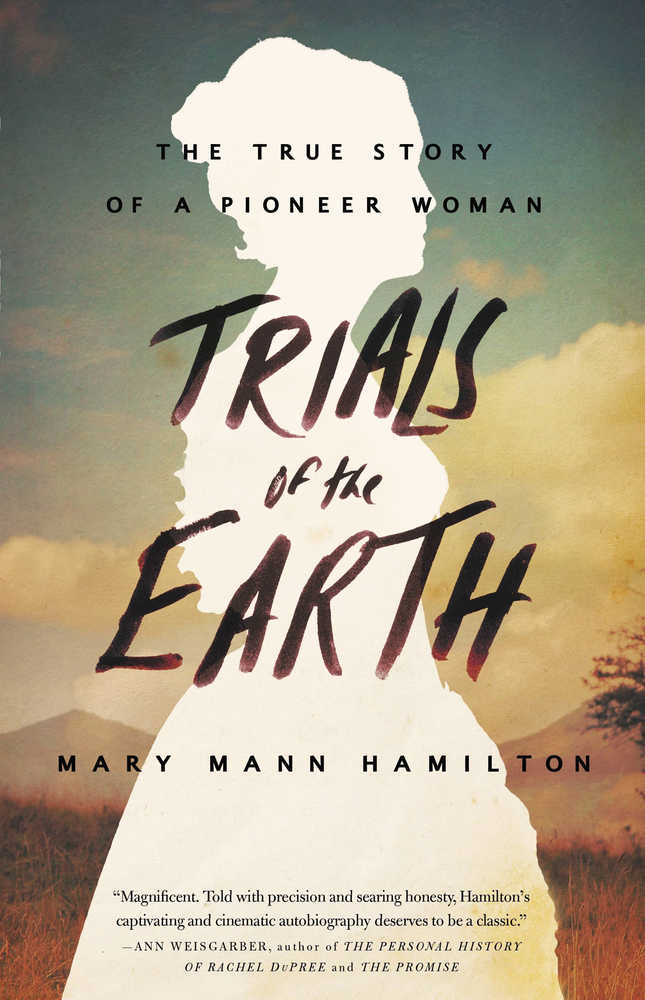Your toast was burnt this morning.
It was the first in a tsunami of irritation you had to endure today: the house WiFi was down, your shirt got wrinkled, the cat threw up on the carpet, humid weather, your coffee got cold. What next? Read “Trials of the Earth” by Mary Mann Hamilton, and review your day again.
The “wild country of Arkansas… was just beginning to settle up” when Mary Mann’s father brought his family from Missouri down to buy a home. He didn’t live long enough to enjoy it, however – he died ten days after they arrived, leaving Mary’s mother with six children to feed.
There was work in Arkansas, though, so Mary’s brothers got jobs at the sawmill, while Mary and her sisters took in boarders. One of them, a roguish Englishman named Frank Hamilton convinced Mary’s brothers that he had romantic intentions for the seventeen-year-old, though marriage wasn’t what Mary wanted. Still, she agreed to it as her mother and eldest brother lay dying.
Married life was a challenge. Unbeknownst to Mary before the wedding, Frank was quite the drinker, which greatly embarrassed her. He couldn’t seem to hold a job for long, or jobs didn’t last for him, either. She hoped her first child would help glue their marriage, but the baby died and Frank drank harder.
She was in a different country, in a different home when her second baby died.
And then, despite a lot of moves that uprooted their growing family, life smoothed. Mary became a mother again, a dressmaker and a county-renowned cook, learned how to keep house in a tent (though she always dreamed of a real home), how to feed a crowd, and what signs to heed when a storm or flood was imminent. She was brave. She was a good wife but a lousy widow. Life was “an adventure.” And at some point, she “quit looking back in my mind and looked forward.”
Wait. Did I say this is all true? – because it is. Author Mary Mann Hamilton was a real person who really homesteaded in the south from roughly 1882 to the early part of the last century, and “Trials of the Earth” is her tale.
Here, the word “pioneer” takes on new meaning: covered wagons and prairies tend to come to mind, but Hamilton makes it clear that, a mere hundred years ago, there were still wild parts to this country and settling them was no picnic. Life was tough for our forebears, really tough: as quick deaths rack up, readers will be shocked; likewise, over the casual racism. Overall, you’ll never whine about your cold coffee again.
Be aware that this “direct and simple autobiography” can be confusing: the Hamilton family moved often, and that’s hard to follow. We meet many, many scamps and even more kind folks and neighbors, and it’s hard to keep track of them, too. The trick is not to try too hard, enjoy the journey, and “Trials of the Earth” is a book you’ll toast.
The Bookworm is Terri Schlichenmeyer. Email her at bookwormsez@gmail.com.

